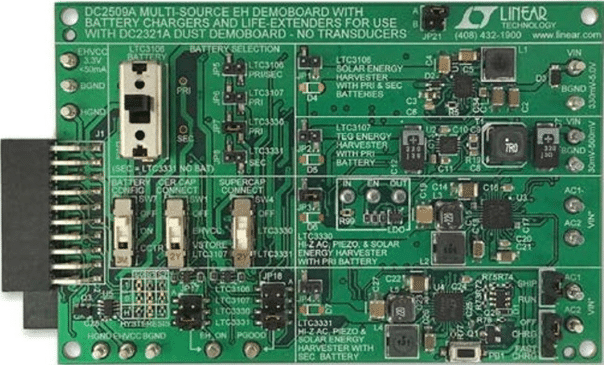“About what we did dream today, are the ideas from tomorrow. The tomorrow ideas are the products from the days after tomorrow.”
Our environment is changing and everything is becoming “electronified”. Our glasses, our hand gloves, shirts, shoes etc., can be connected already today with our smartphones and can send commands to the machinery surrounding us. We want this comfort, and we are all looking forward to having Smart Homes. The point is, we’ve already built our houses, and we did not implement LAN CATx cables to our coffee machines or refrigerators; even all our lights don’t use PoE (Power over Ethernet). If you build a new house and want to implement these data cables, you will not think twice about it due to the increase in cost. The alternative solution is to use wireless communication, but, at the same time, we don’t want to live in electro-smog, which all these devices are continuously emitting. Those devices should transmit only on request. Furthermore, the efficiency should not be negatively influenced, and we should all continue to look for ENERGY STAR certified devices.
We could use Wi-Fi in all those devices, and that could be the simplest and easiest way. However, the cost of implementation would be quite high, and additional technical knowhow for maintenance from the user’s side would be required. To solve this situation and to be cost effective, the design engineer will likely decide to use a proprietary SRD (Short Range Devices) system, where the ISM (Industrial, Scientific and Medical) Band is used.
Chip manufacturers [1] have introduced a new generation of processors to the market, which already have the built-in RF module in the chip itself. One example is an ARM Cortex M4 CPU platform, which can be used with up to a 48 MHz clock, and the RF stage can operate from 145 MHz to 1050 MHz for transmission (Rx/Tx).
This solution is amazing, has low current requirement, and can operate with just 40 nA@3V in Sleep Mode. In case of transmission, the current is 18 mA @ +10 dBm. At this point, we can start to harvest the energy from the ambient environment for the application, and power our device. For such a solution, a power converter manufacturer [2] developed a new chip, which is able to harvest from multiple sources. See Figure 1.

It can use a piezo or inductive harvester if we have movements/vibration; in case of temperature differences, we can harvest from a TEG (Thermo Electric Generator); or we can use the indoor solar input, and harvest the light from the ambient. All that, with just one single dc/dc converter chip. If we did harvest enough energy to power, and the harvested energy is still present, we can store it into a capacity bank with the same chip, then into a Supercap (balancer in chip), or even charge a Li-Ion battery. An additional input, for a backup battery, is also available in the same chip. If you want to try your first steps designing self-powered electronics, there are few kit’s available [3].
Now, with only 2 ICs, we can realize many projects and most ingenious self-powered devices with no maintenance at all.
I’m still waiting for the first self-powered smart home application, where no batteries need to be replaced. I’m sure I’m not the only one who is anxiously awaiting such advanced technology. Feel free to keep in touch with me: www.we-online.com/askLorandt.
References
[1] Silicon Labs: EZR32™ Wireless MCUs with 142 MHz – 1050 MHz RF frequency range App Note http://www.silabs.com/products/wireless/proprietary/ezr32-wonder-gecko-sub-ghz
[2] Linear Technology: LTC3331 – Nanopower Buck-Boost DC/DC with Energy Harvesting Battery Charge App Note http://www.linear.com/product/LTC3331
[3] www.we-online.com/harvest






